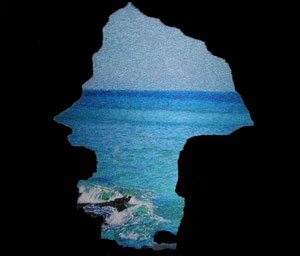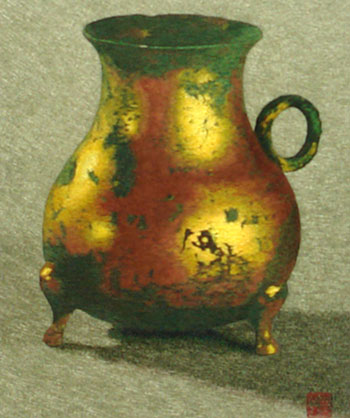
Chinese embroidery works will be exhibited at the Bait Zubair Museum in Muscat, capital of Oman from December 20 to 26, 2008.
There will be 60 exhibits on display and they fall into assorted categories and styles: single-sided, double-sided, flat, crisscross stitch and cut silk, among many others. The traditional embroidery works, which are reproductions of the masterpieces of renowned painters, demonstrate the delicacy and elegance of Suzhou embroidery. The works in crisscross stitch, as reproductions of oil paintings and photographs, are featured with lively needlework and three-dimensional appearance.
Suzhou embroidery dates back to more than 2000 years ago. It was produced on a large scale during Song Dynasty (960-1279 AD). In Ming Dynasty (1368-1644 AD), Suzhou embroidery developed its unique feature of being intricate, elegant and neat. In the late 19th century, Maestro Shen Shou, by combining Chinese traditions and essences of the Western painting, created the technique of "verisimilar embroidery". In the 1930s, Professor Yang Shouyu made a breakthrough on the traditions of embroidery and invented the "crisscross stitch" technique. In the early 1950s, Maestro Ren Huixian formed "crisscross sketch" technique, introducing modern fine art elements into her embroidery.

(China.org.cn December 10, 2008)